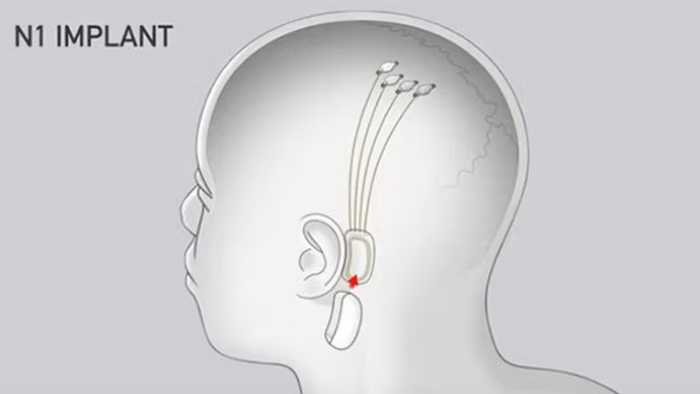What’s Happening & Why This Matters
Elon Musk’s ambitious project, Neuralink, recently marked a significant milestone by successfully implanting its first brain-computer interface into a human subject. This event not only propels Neuralink into a new realm of medical and technological advancement but also sparks a conversation about the future of human-computer interaction. The implant, dubbed “Telepathy,” promises to revolutionize communication for individuals with severe mobility restrictions, potentially enabling them to operate devices through thought alone.
At its core, Neuralink aims to blur the lines between the human brain and digital devices. The company’s recent announcement showcases not just a step towards futuristic communication methods but also highlights the potential for profound impacts on individuals with disabilities. Neuralink’s PRIME trial, using a robot for precise implantation, demonstrates the sophisticated integration of robotics, microengineering, and neuroscience.
Controversies and Ethical Considerations
Neuralink’s approach involves inserting ultra-thin threads into the brain, connecting with neurons to allow for thought-based device control. This complex procedure is facilitated by a robot, ensuring accuracy and minimizing tissue damage. The heart of the system is the N1 Implant, boasting 1024 electrodes across 64 threads, all wirelessly powered and connected to devices. This groundbreaking technology opens up new avenues for interaction, independence, and capability expansion.
Despite its potential, Neuralink has faced scrutiny over its research practices, particularly concerning animal testing. Allegations of animal mistreatment have raised ethical questions, prompting responses from Musk and investigations by regulatory bodies. Moreover, the broader implications of brain-computer interfaces stir debate about technological integration and its effects on human cognition and society.

The prospect of brain implants has generated a mix of excitement and skepticism. While the potential to enhance human capabilities and provide new forms of communication for those with disabilities is widely celebrated, concerns about the implications of such profound technological integration persist. Visionaries like Musk propose a future where technology and biology converge to overcome physical limitations, yet cautionary voices remind us of the need to balance innovation with ethical considerations.
t/f Summary: What’s Next
As Neuralink strides into uncharted territory, the world watches with bated breath. The implications of this technology extend far beyond the individuals it directly impacts, hinting at a future where human thought and digital worlds intertwine seamlessly. However, as we venture further into this new frontier, the importance of ethical practices, regulatory oversight, and societal dialogue cannot be overstated. Neuralink’s journey is not just about technological achievement but about shaping a future that enhances human life while preserving our values and dignity.


